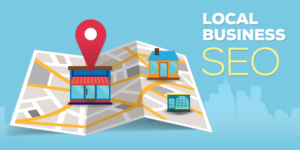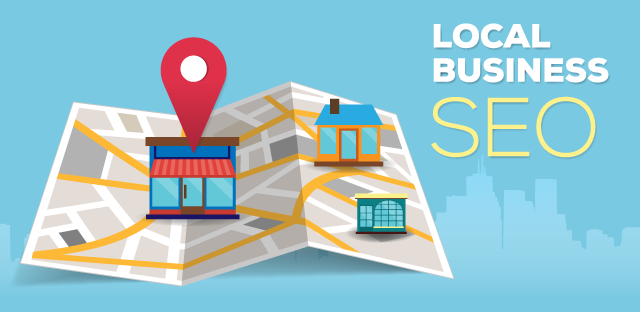SEO (or search engine optimization)is the process of attempting to rank higher in Google and other search engines for chosen search terms (referred to as keywords). These keywords reference topics or products that are of most interest to that small business.
For instance, a Toronto travel agency might wish to rank highly for ‘cheap flight to Malaysia’ because they already sell many such flights to walk-in customers or have particular expertise In Malaysia as a vacation destination. SEO can help with that intention.
Here are some of the reasons why SEO is important to small businesses:
-
Free Organic Search Traffic
When it comes to traffic, there is freely generated traffic and paid traffic.
Free traffic is termed that way because the business doesn’t have to pay a provider for said traffic, i.e. when ranking well in Google for ‘cheap flight to Malaysia’ no money is paid to Google if ranking in the top 5 search results.
Paid traffic such as spending on paid advertising across travel websites or Google, Twitter, or other websites costs money for small businesses. They have to run an ad campaign and make more from the profits on the new customer deals than the advertising costs, labor & other related costs associated with the activity. A significant percentage of paid ad campaigns lose money when factoring in all the very real costs involved.
-
Brand Visibility
Brand visibility is important, especially for small businesses that lack the funding to pay for ongoing ad campaigns to build brand awareness through TV and magazine advertising methods.
By ranking well for topical search terms, potential new website visitors (and eventually new customers) get to see the brand perhaps for the first time. As such, ranking high in Google & Bing search engines through the use of SEO can massively increase brand visibility over a short 12-month period.
-
Site Optimized for Readers
While it’s possible to optimize a site for SEO purposes, these days the best approach is to design and optimize a site for the visitors. While the site must be accessible by automated services like the Googlebot spider that crawls the web to find new sites and content, the main consumer of content is still humans.
When optimizing a site to make it better for usability, fast to load, with good navigation and clear links to relevant internal (and external) pages, the visitor is encouraged to stay for longer. And when visitors look at more pages and remain on the site longer, this is a significant ranking signal to Google and other search facilities. It says that their initial recommendation about the site was correct and it’s proving popular. In response, they often boost the ranking of the site once they see the time on site is significant, and rising created a virtuous circle of rising benefits.
-
Return on Investment
While organic search traffic appeals to some small businesses on a limited budget because it’s free, for others they’re looking more to the medium and long-term. The news is also good for the ROI with search compared to other sources like social media or paid traffic in all its forms.
The time and financial investment in SEO are significantly less but deliver a healthier return when viewed over a 1-3-year period. Growing traffic figures and rising income from gradual increases in ranking positions starting usually when the site is out of the Google Sandbox (a delayed ranking process that continues until 4-8 months post-launch) provide a meaningful ROI. Indeed, traffic growth can double or more within a short time once the site begins to take off.
-
Conversion Rates
Conversion rates are only usually important to e-commerce websites. That’s a mistake. Every new visitor arriving because of SEO should be provided with an optimized experience. It’s necessary to capitalize on every free visitor or the opportunity created by SEO will be lost.
Business owners and their teams must look at what they earn per customer and per 1,000 customers. Compare this to industry averages. Track data points week to week; month to month. Whilst there will be seasonal differences and holiday surges too, it’s possible to look for trends.
Consider using a heatmap on your site to see what areas visitors spend time on. Look at those pages to see how they can be improved. Perhaps adding better quality content or expanding it. Include images, slideshows, or video content that all appeal to both visitors and search engines.
SEO assists business owners in getting as much free traffic as possible. Without a focus on SEO, businesses lose potential visitors some of whom would have become new customers. Instead, businesses spend money on expensive advertising to locate new customers pushing up their customer acquisition costs. With SEO Toronto, the customer acquisition costs are close to zero. For small businesses trying to survive the early years or grow their customer base, they should be emphasizing SEO to boost traffic levels. It’s a hugely cost-efficient way to operate, especially in the early years.


